How To Harvest Lychees – Tips For Harvesting Lychee Fruit
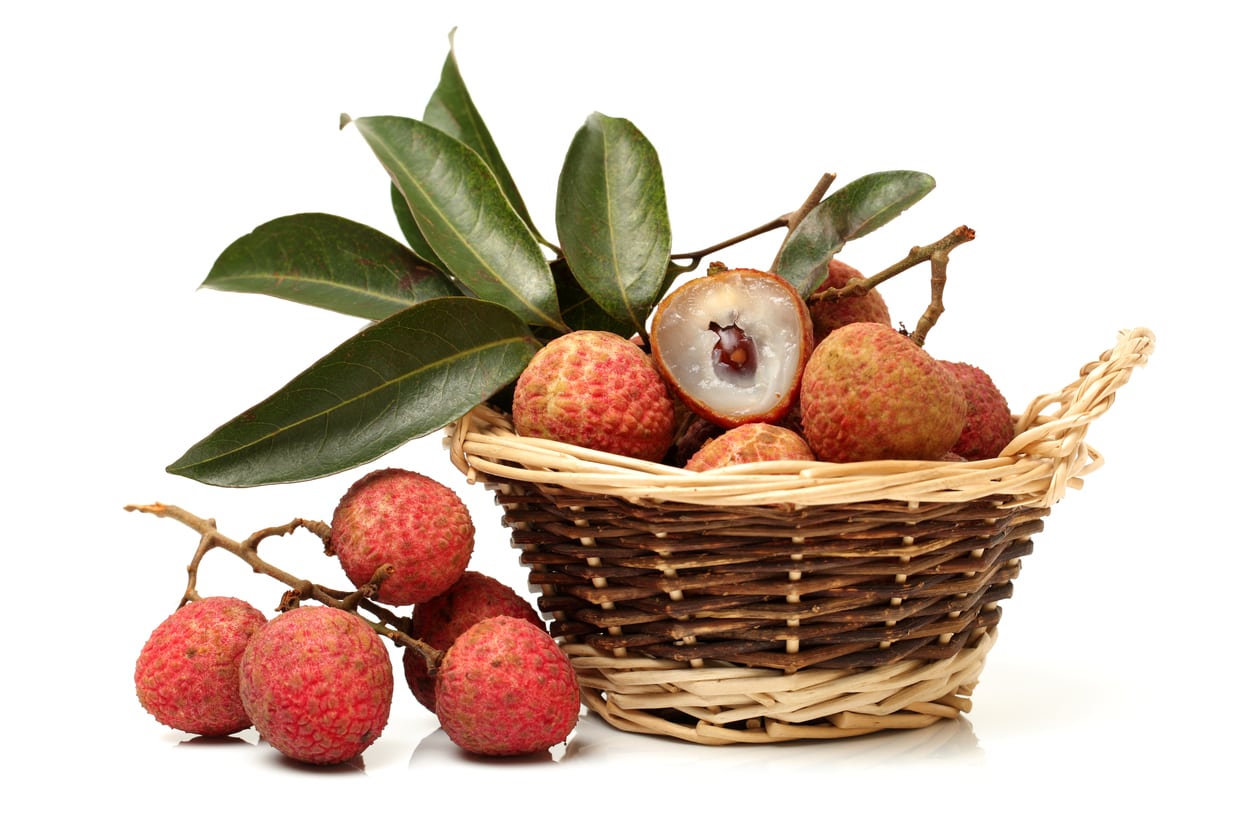

Lychees are an extremely popular fruit from southeast Asia that are gaining more traction around the world. If you live in a warm enough climate, you might be lucky enough to have a tree in your backyard. If you do, you’re probably very interested in how and when to harvest lychee fruit. Keep reading to learn more about picking lychees correctly and effectively.
When to Harvest Lychee Fruit
Unlike many fruits, lychees do not continue to ripen after they’re picked, which means it’s important to time your harvest as well as possible. It can be hard to tell from sight, but ripe lychees are slightly more swollen, causing the bumps on the skin to spread out and take on an overall flatter appearance. A more trusted method of testing for ripeness is the taste test. Lychees that are ready for picking are sweet, but with a slightly acidic flavor. When they are underripe, they’re more sour tasting, and when they are overripe, they’re sweeter but bland. If you’re picking your lychees just for yourself, you can harvest when the balance of flavor is exactly to your liking.
How to Harvest Lychees
Lychee harvest is never done fruit by fruit, as it’s hard to remove them from the stem without damaging the skin and seriously reducing shelf life. You should only ever pick an individual lychee if you plan on putting it straight into your mouth. Instead, harvest lychees in clusters, using pruning shears to snip off stems that have several fruits on them. As the fruits mature at different rates, you may want to harvest every three to four days over the course of several weeks. Harvesting lychee fruit doesn’t just stop with removing them from the tree. Lychees are very perishable, especially if they’re warm. The fruits will only keep their bright red color for three to five days at room temperature. As soon as they are picked, they should be chilled to between 30 and 45 degrees F. (-1 to 7 C.). They can be stored at this temperature for up to three months.
Gardening tips, videos, info and more delivered right to your inbox!
Sign up for the Gardening Know How newsletter today and receive a free copy of our e-book "How to Grow Delicious Tomatoes".

The only child of a horticulturist and an English teacher, Liz Baessler was destined to become a gardening editor. She has been with Gardening Know how since 2015, and a Senior Editor since 2020. She holds a BA in English from Brandeis University and an MA in English from the University of Geneva, Switzerland. After years of gardening in containers and community garden plots, she finally has a backyard of her own, which she is systematically filling with vegetables and flowers.
-
 Looking For Plants To Give You The Soft And Fuzzies? Try These 5 Fuzzy Leaf Plant Options
Looking For Plants To Give You The Soft And Fuzzies? Try These 5 Fuzzy Leaf Plant OptionsLovers of texture, drama, silver foliage and tactile plants will adore these special sensory garden additions. These fuzzy leaf plant options will leave you all aglow
By Susan Albert
-
 Get Ready For A Summer Of Hummers! Grow These Full Sun Hummingbird Plants and Flowers
Get Ready For A Summer Of Hummers! Grow These Full Sun Hummingbird Plants and FlowersIf you’re lucky enough to enjoy a sunny backyard, make sure you are maxing out on your pollinator opportunities and grow these full sun hummingbird plants and flowers
By Tonya Barnett
-
 No Fruit On Lychee Tree: What To Do When Your Lychee Isn’t Fruiting
No Fruit On Lychee Tree: What To Do When Your Lychee Isn’t FruitingLychee is a delicious tropical fruit but what if your lychee won’t produce? There are a couple of reasons for no fruit on a lychee. If a lychee isn’t fruiting, you’ve come to the right place. Click this article to find out how to make a lychee tree fruit.
By Amy Grant
-
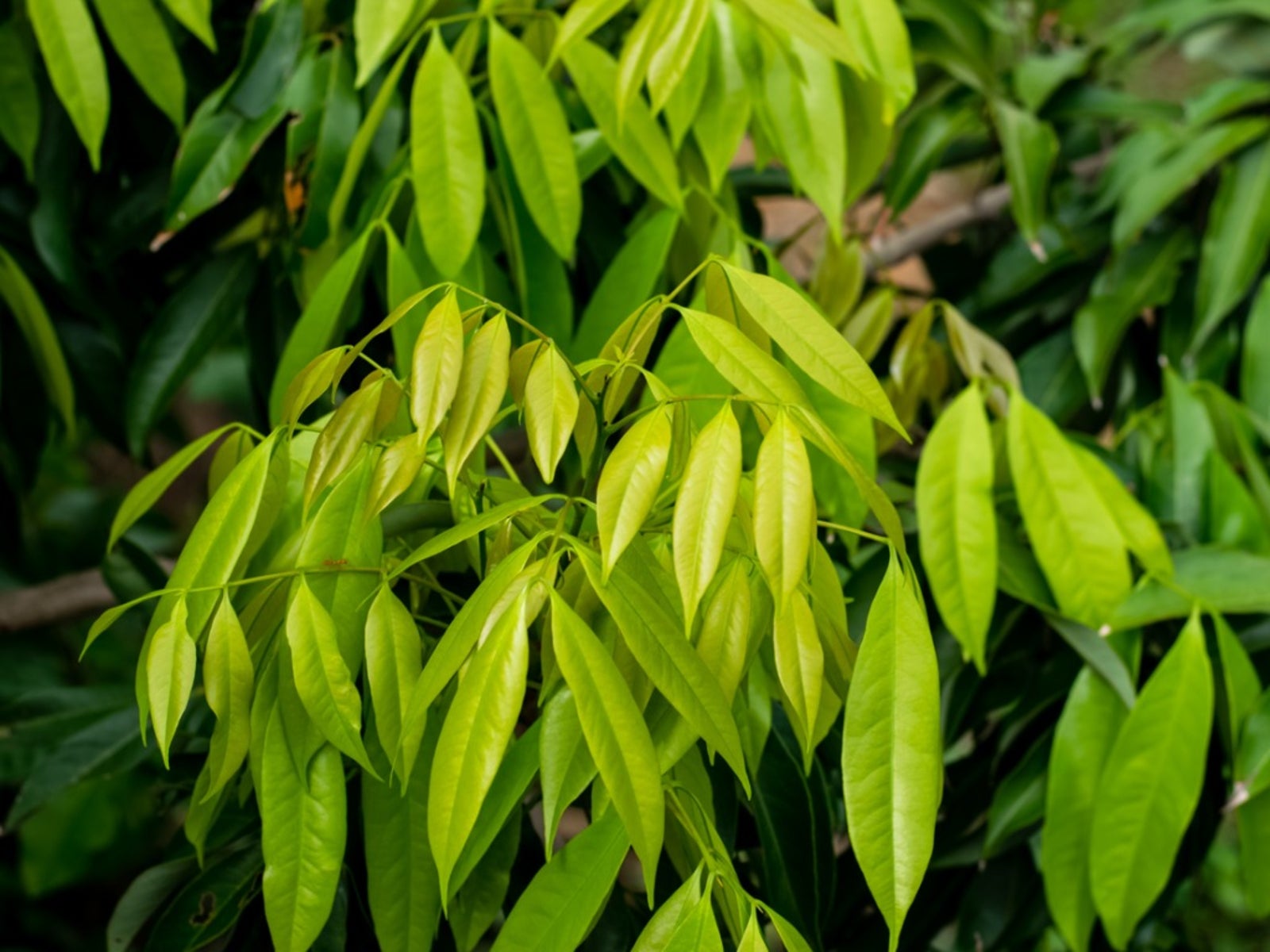 Pests Of Lychee Trees: Learn About Common Bugs That Eat Lychee
Pests Of Lychee Trees: Learn About Common Bugs That Eat LycheeLychee trees produce delicious fruit, but they are also beautiful, majestic trees in their own right. But even lovely lychee trees are not pest free. Lychee pests can cause problems for the homeowner, given its size. Click here for information on bugs that eat lychee fruit.
By Teo Spengler
-
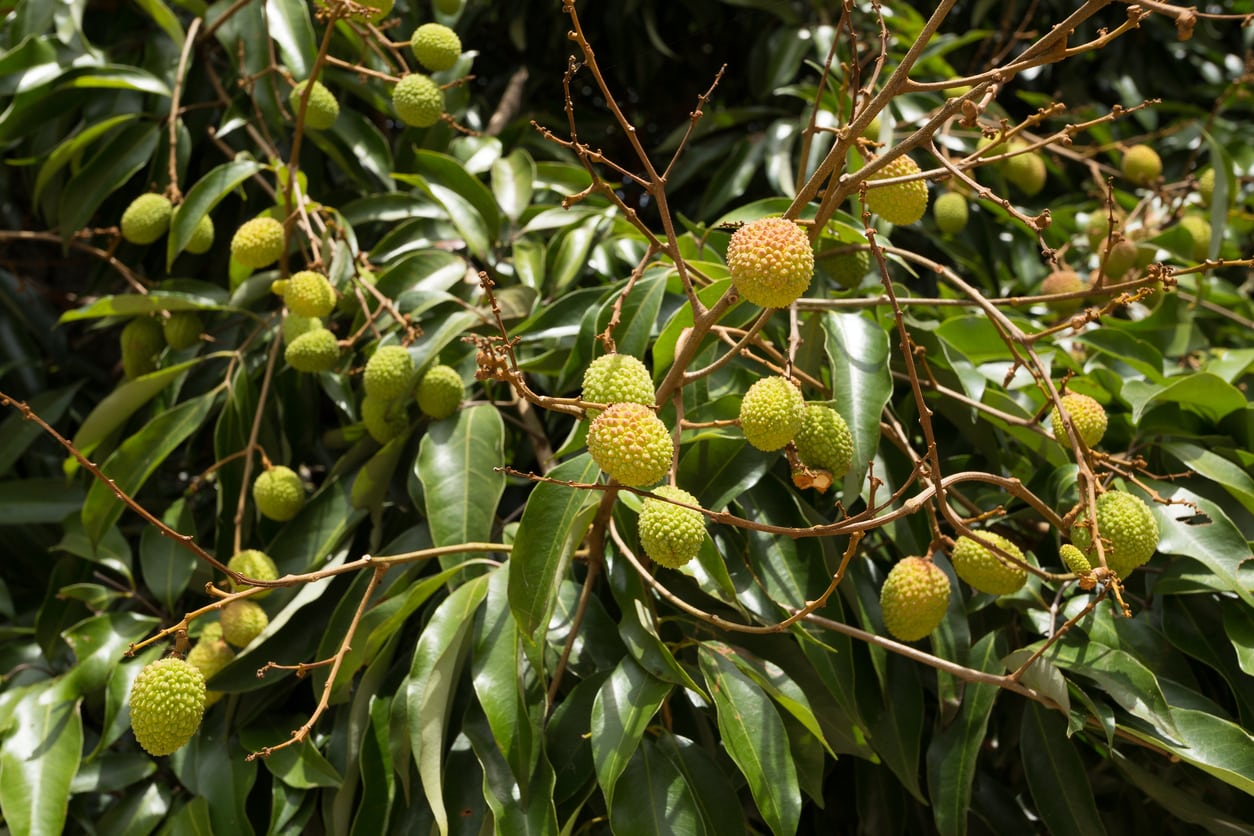 Treating A Sick Lychee Tree – Learn How To Manage Lychee Diseases
Treating A Sick Lychee Tree – Learn How To Manage Lychee DiseasesWhile it is nice to grow different plants in the landscape that not everyone else in the neighborhood is growing, you may feel completely lost and alone if problems occur on an exotic plant. Like any plant, Lychee trees can experience certain disease problems. Learn more here.
By Darcy Larum
-
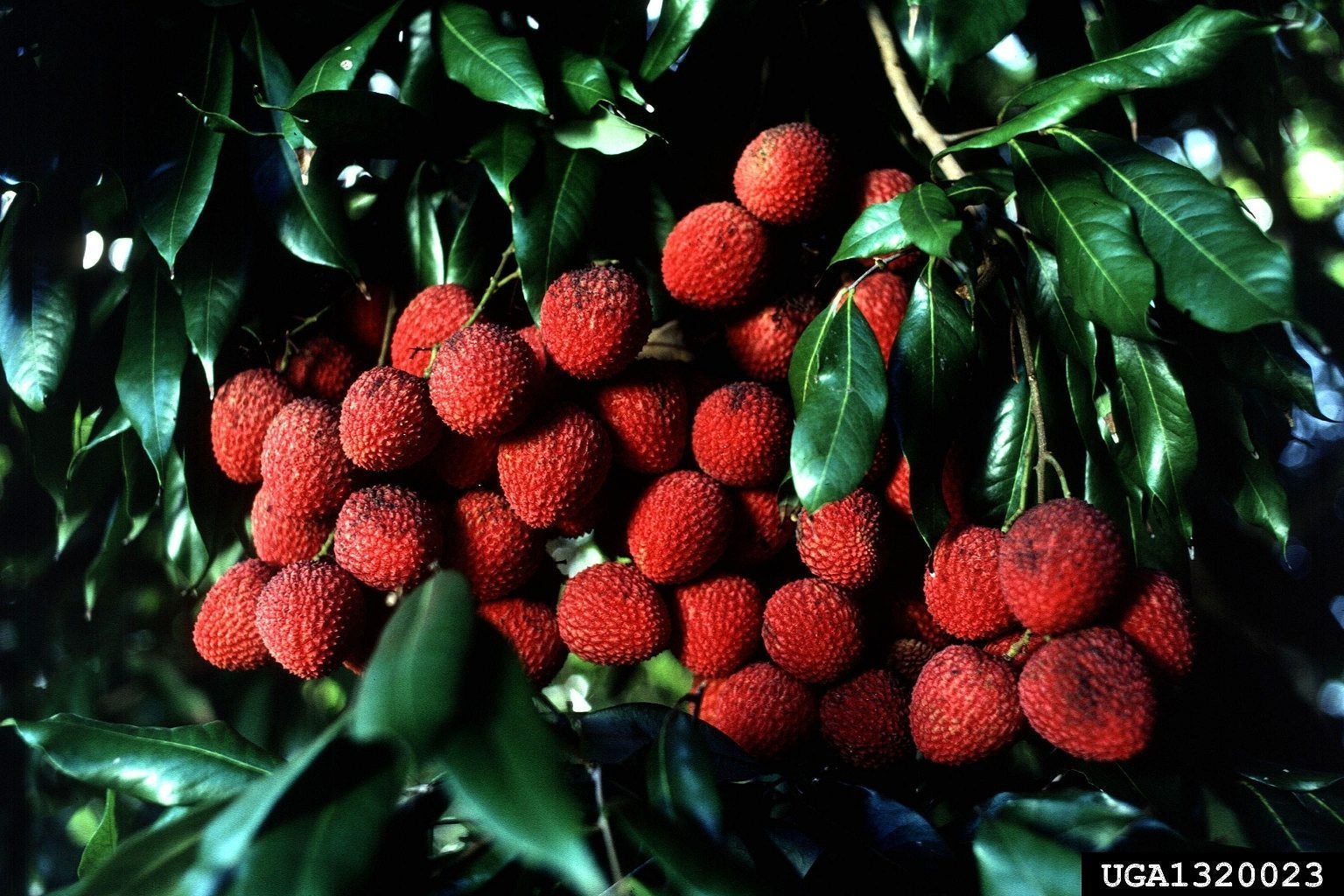 What Is Lychee Girdling: Does Lychee Girdling Work
What Is Lychee Girdling: Does Lychee Girdling WorkGirdling is a standard practice in lychee production. The process does result in higher yields if done at the right time of the year, but it isn't recommended as a consistent practice. Learn when and how to girdle a lychee for increased productivity in this article.
By Bonnie L. Grant
-
 Tips For Lychee Trimming – Learn How To Prune A Lychee Tree
Tips For Lychee Trimming – Learn How To Prune A Lychee TreeLychee has been grown and cultivated for thousands of years in subtropical regions of Asia and is becoming popular in suitable areas in the U.S. Properly timed lychee tree pruning can help them produce steadier, higher fruit yields. Learn how to cut back a lychee tree here.
By Darcy Larum
-
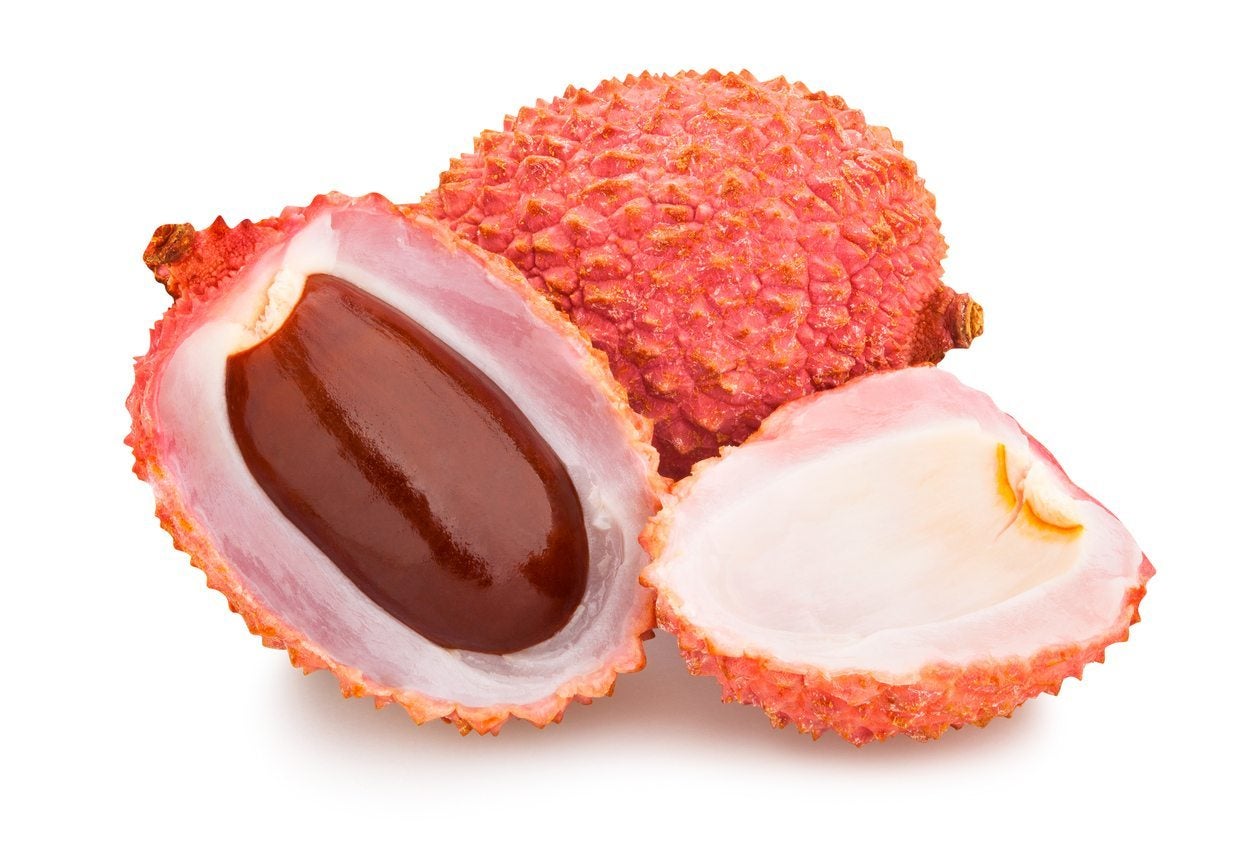 Planting Lychee Seeds: A Guide To Lychee Seed Propagation
Planting Lychee Seeds: A Guide To Lychee Seed PropagationLychees are a beloved Southeast Asian fruit that are steadily becoming more popular worldwide. If you?ve ever bought fresh lychees at the store, you?ve probably been tempted to plant those big seeds and see what happens. Click here for lychee seed growing info.
By Liz Baessler
-
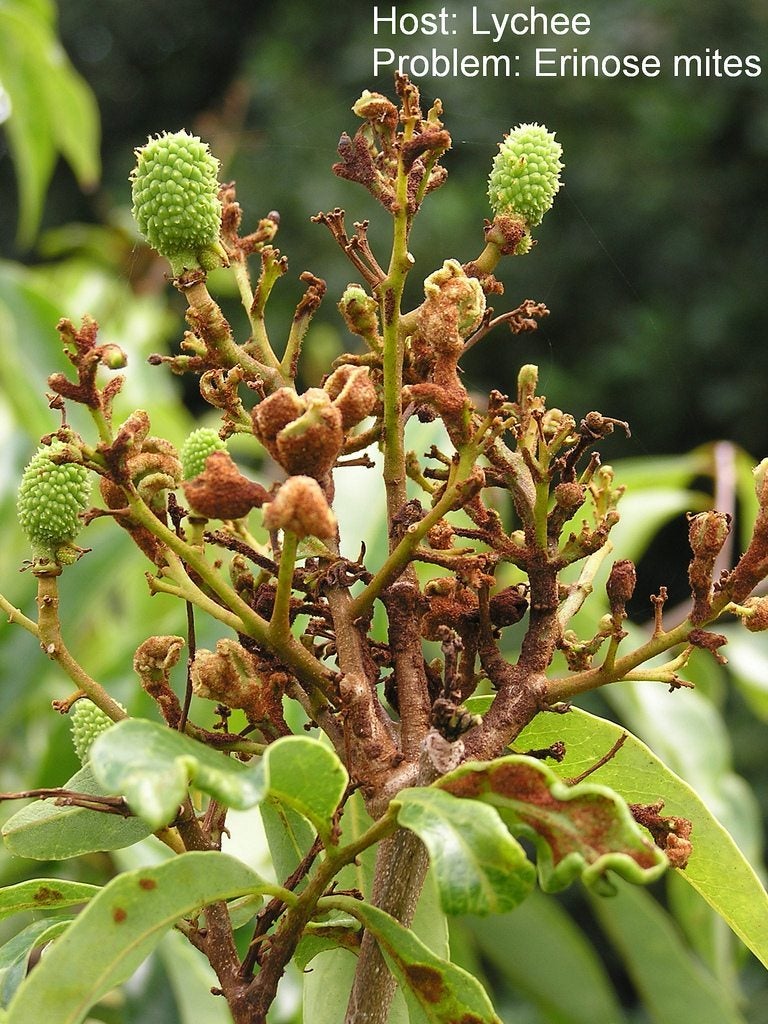 Problems With Lychee Trees: Common Lychee Pests And Diseases
Problems With Lychee Trees: Common Lychee Pests And DiseasesLychee trees are relatively easy to grow and some people in northern climates even grow this warm-weather plant indoors. However, the tree isn't immune to its share of problems. Click here to learn about potential problems with lychee trees.
By Mary H. Dyer
-
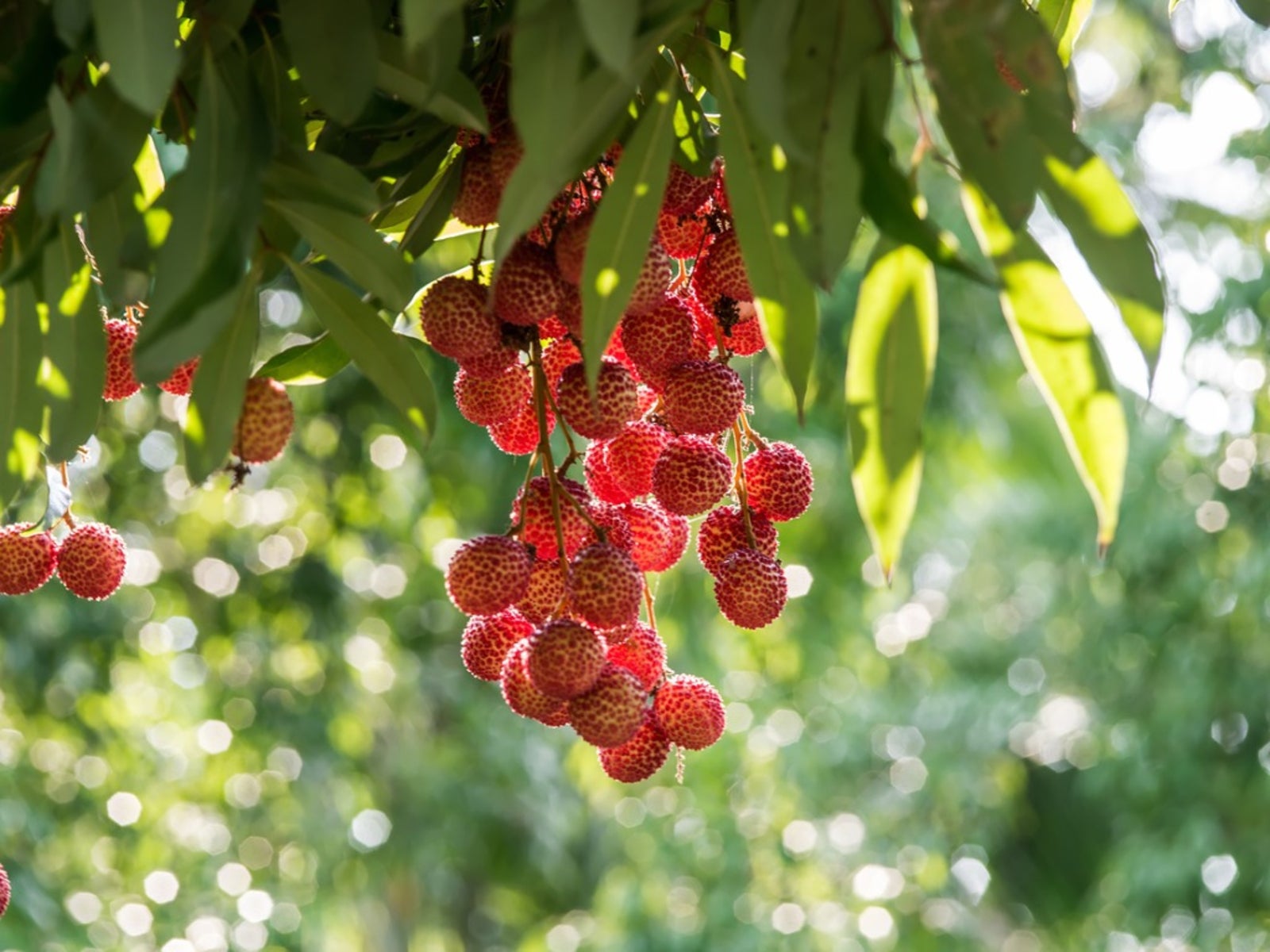 Why Is My Lychee Turning Brown – What Do Brown Lychee Leaves Mean
Why Is My Lychee Turning Brown – What Do Brown Lychee Leaves MeanLychee trees are becoming a more popular fruit tree for home gardeners that can accommodate their needs. A common problem is lychee leaves turning brown or yellow. Click here to learn more about brown leaves on a lychee.
By Darcy Larum